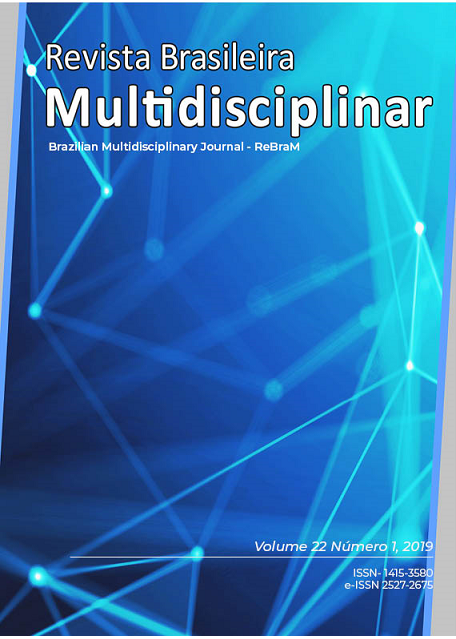Comparative study between the axial compression resistance of argams with the following additives: liquid detergent, cal, and white tail
Main Article Content
Abstract
This study has the purpose of verifying the axial compressive strength of mortars manufactured with different additives, which are: hydrated lime, liquid detergent and white glue (PVA). For the preparation of this work, a bibliographical review was carried out and the laboratory experiment was set up. The traces of the three additives were the same, modifying only the addition of the additive. The first mortar was produced with liquid detergent, the second had the addition of white glue (PVA) and the third was using traditional hydrated lime. After production, the specimens were molded. After molding, the specimens were stored in the laboratory until adequate cure was obtained, and then they were disrupted with the aid of an automated hydraulic press. With the results of the resistance of the test specimens, it was observed that the resistance of the mortars with liquid detergent and with white glue (PVA) were equivalent, whereas the one composed of hydrated lime acquired a lower resistance.
Downloads
Article Details
• The author (s) warrant that the contribution is original and unpublished and that it is not in the process of being evaluated in other journal (s);
• The journal is not responsible for the opinions, ideas and concepts issued in the texts, as they are the sole responsibility of the author (s);
• Publishers have the right to make textual adjustments and to adapt the article to the rules of publication.
Authors retain the copyright and grant the journal the right of first publication, with the work simultaneously licensed under the Creative Commons Attribution License, which allows the sharing of work with acknowledgment of authorship and initial publication in this journal.
Authors are authorized to take additional contracts separately, for non-exclusive distribution of the version of the work published in this journal (eg publish in institutional repository or as book chapter), with acknowledgment of authorship and initial publication in this journal.
Authors are allowed and encouraged to publish and distribute their work online (eg in institutional repositories or on their personal page) at any point before or during the editorial process, as this can generate productive changes as well as increase the impact and citation of the published work (See The Effect of Free Access) at http://opcit.eprints.org/oacitation-biblio.html





